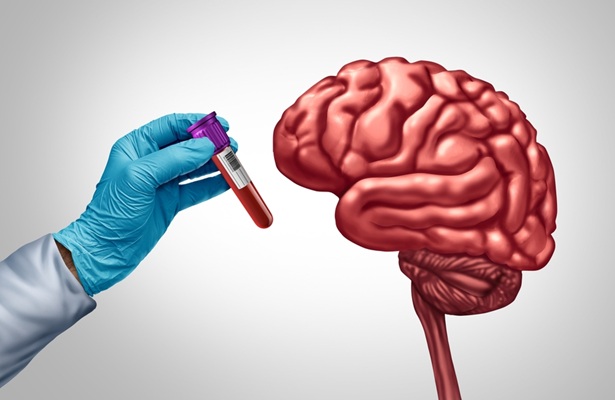Novel Platform Technology Predicts Diseases by Early Detection of Aging Signals in Liver Tissue
Posted on 13 Jun 2025
Aging and chronic diseases are marked by the slow buildup of subtle tissue alterations over extended periods. However, quantitatively capturing these gradual changes within organs and associating them with early disease signs remains a challenge. To address this, researchers have now introduced a platform technology capable of detecting the localized tissue-level changes that occur early in disease development. This advancement supports quicker disease identification, more accurate prediction, and the establishment of personalized treatment objectives.
Researchers at Korea Advanced Institute of Science and Technology (KAIST, Daejeon, Republic of Korea) conducted a study focusing on the early diagnosis and treatment of fibrosis progression, a key clinical predictor in chronic liver disease. This led to the development of a novel technology called 'FiNi-seq (Fibrotic Niche enrichment sequencing)', which isolates fibrotic microenvironments within aged liver tissue and enables highly precise analysis using single-cell transcriptomics.This technique examines how individual cells express genes, helping determine which cells are diseased and their functional state.

The researchers enriched early aging microenvironments—areas of impaired regeneration and fibrosis accumulation—by physically selecting zones of liver tissue that were resistant to degradation. This method allowed high-resolution detection of fibrosis-related endothelial cells, fibroblasts involved in immune interactions, and immune-exhausted cells such as CD8 T cells with high PD-1 expression—cells that were previously difficult to observe using standard single-cell analysis methods.
Through the use of FiNi-seq, the team identified that certain cells within fibrotic regions of aged liver tissue contribute to the aging of nearby tissue through secreted signaling factors, thereby expanding the aged environment. Additionally, they uncovered the mechanism by which endothelial cells lose their normal identity and activate innate immune responses, which in turn encourages immune cell infiltration. Spatial transcriptomic analysis allowed the researchers to map the distribution of fibroblasts interacting with immune cells. This revealed their role in tissue regeneration, triggering inflammatory processes, and driving the progression to chronic fibrosis.
By conducting integrated multi-omics analysis, the researchers gained detailed insights into both transcriptomic and epigenomic landscapes, helping to clarify the spatial heterogeneity within aged liver tissue and its relationship to intrahepatic vascular structures. Multi-omics refers to a comprehensive method that combines various biological data sets, including genes, proteins, metabolites, and cell-level information. The FiNi-seq technology highlighted in the international journal Nature Aging offers a promising platform for capturing detailed pathophysiological signals in chronic liver diseases, including those linked to aging and fibrosis progression.
“As an analytical technology that can capture subtle changes occurring in the early stages of aging and chronic diseases, it is expected to play a significant role in finding effective treatment targets in the future,” said Professor Jong-Eun Park of the Graduate School of Medical Science and Engineering. “Also, we plan to expand this research to chronic diseases in other organs such as the lungs and kidneys, as well as various liver disease models.”
Related Links:
KAIST














